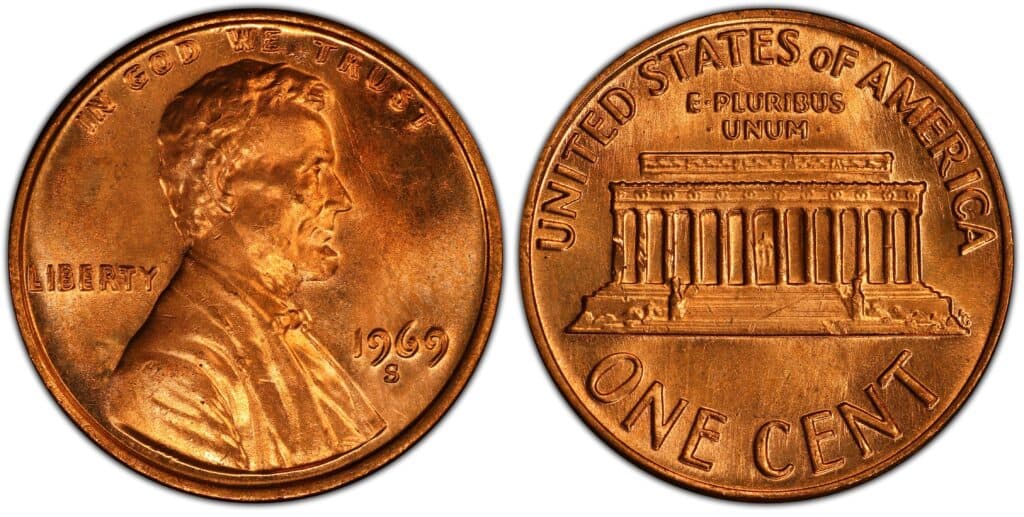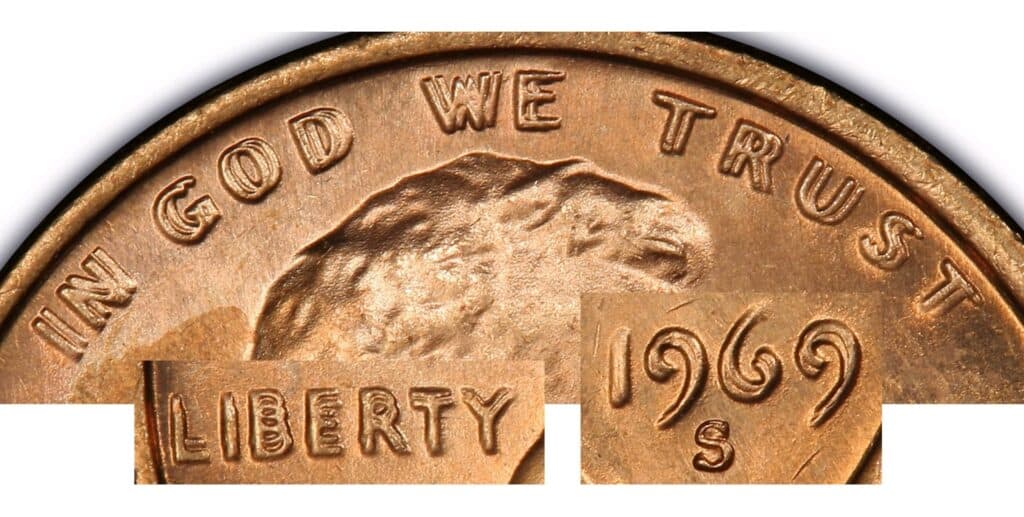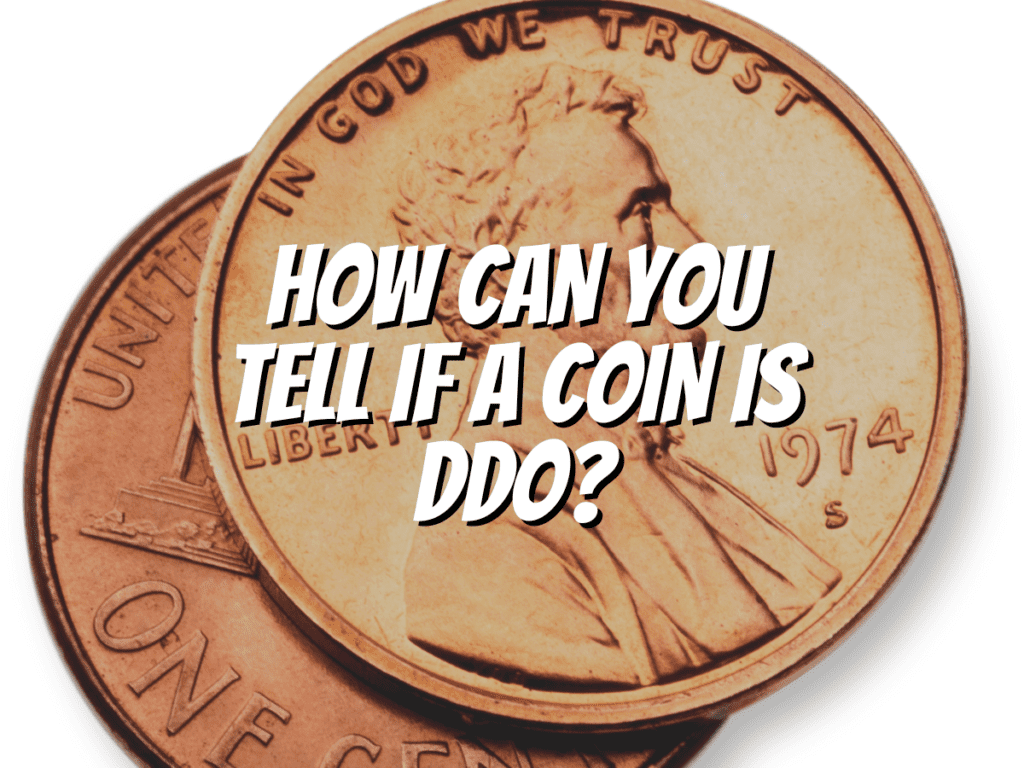How can you tell if a coin is DDO? What does DDO mean on a coin? Are these types of coins valuable?
This article will cover these topics and show you examples of DDO coins and how much they are worth today!
What Does DDO Mean on a Coin?
So, when you see the term DDO, it’s referring to a doubled die obverse, which is when the front image of a coin appears duplicated.
So what happens is that when two dies strike a coin in quick succession, you end up with an image that looks like a mirror image of itself.
It can be challenging to spot these errors without knowing what they look like, but once you know what to look for, they’re easy to identify!
How Can You Tell if a Coin is DDO?
Well, you can tell if a coin is DDO in a few ways. Okay, first, you want to hold the coin up to good light and ensure it doesn’t show any doubling of images or lettering.
If it does, we can say that the coin is likely a DDO. Now, look at it using a magnifying glass or microscope.
If you can see any duplicated images or letters while doing this, then let me tell you, my friend, you’ve got yourself a great example of DDO!
Alright, folks, let’s take a moment to examine the other coins in your collection that have been verified as double-die varieties (DDOs).
Check if they correspond with yours in terms of dates. Remember that most DDOs have matching dates on both sides of their die pairings.
How Can You Tell the Difference Between Double Die Coins and Machine Doubling Coins?
- Doubled Dies
- These coins are made in the die-making process. So what happens is that when the hub imparts a design onto a coin die, it then impresses the image twice at two slightly different angles or positions, creating what we call doubled dies. Folks, let me tell you that this mistake happens only during the die process. So, every coin struck during this process will turn into a double die coin. Well, doubled dies are considered coin varieties rather than errors since they typically happen during the die-making process.
- Machine-Doubled Coins
- These coins are made in the striking process. Double die occurs when the coin design is doubled, whereas machine doubling happens when an aging die strikes the coin twice during production. Typically, this problem arises due to dies that are old and deteriorating or those that haven’t been adjusted properly. Well, folks, machine doubling is only found on a select few coins, and it doesn’t occur on all coins produced from a specific die. It could impact just a single coin or a small group of coins.
Examples of Double Die Pennies
1969-S Doubled Die Obverse


This coin is the most expensive Double Die Obverse coin ever sold. Have you heard of the 1969-S Double Die Obverse?
This rare coin features a double impression of the words “LIBERTY” and “IN GOD WE TRUST.”
Interestingly, only 1,000 or fewer coins were produced before the Mint realized it was an error. Wow, if you possess a 1969-S Double Die Obverse, that coin could fetch up to $75,000, provided it’s in good condition!
Can you believe it? One of these coins was sold for a whopping $35,000 in 2018!
1972 Double Die Obverse


This coin, my friends, is not as rare as the 1969-S Double Die Obverse error, just like it.
You might find it in your pocket change since around 250,000 coins have been released.
Well, these coins have been around for quite a while now, so their value typically ranges from $100 to $500. That’s still a reasonable price for a penny!
1995 Double Die Obverse


This is a fine specimen of Double Die pennies created by the Mint, although it may not be as well-known as the 1972 Double Die Obverse.
These coins may not hold as much value as the 1969-S Double Die Obverse and 1972 Double Die Obverse, but they are still a great addition to any collection!
If this coin is in good condition, it is estimated to be worth around $45.
Before you go…
So, there you have it! If you ever stumble upon a DDO coin, hold onto it because you never know which coins will appreciate over time! If you have any suggestions for topics to cover, feel free to drop them in the comment section!
Check out my next article: “Types of Coin Collecting Errors.”
Related Articles:

